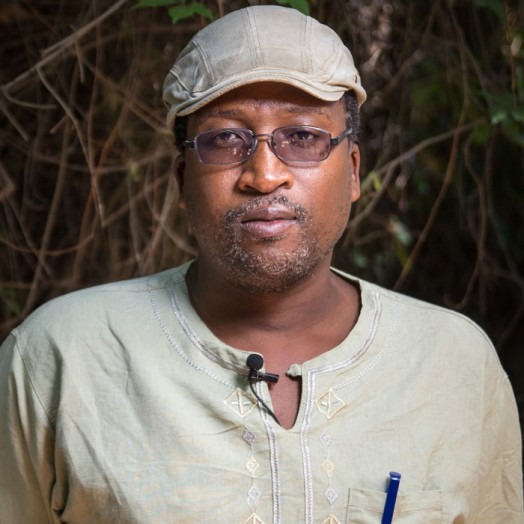
guest column Takura Zhangazha
FINANCE and Economic Development minister Mthuli Ncube, as reported in the mainstream media, recently confirmed that government will soon introduce an actual currency.
This will be done in order to augment what is referred to as the bond note and the ZWL or electronic RTGS money that is currently in use.
Surprisingly, in the immediate placement of the report, no one quite went apoplectic, at least not business (private capital), the workers unions, opposition political parties or the general public. A week before, a local newspaper had carried an interesting story about the ‘cost’ of actual physical money for everyday use by urban commuters. The story outlined in part how the cost of actual money was rising for those that were using mobile money platforms such as EcoCash, especially if they wanted money for public transport, which still accepts cash. So, basically, mobile money is rated at a certain percentage in order to purchase actual physical cash.
A number of issues then emerge from the instances I have cited, that is, Ncube’s reported statement of intent and the purchasing of physical bond notes by mobile money users.
The first is that public anticipation, let alone activism for the return of the United States dollar, is now dissipating. Yes, it may remain at the back of the minds of many Zimbabweans — particularly urbanites — but it most certainly is no longer a popular priority; an issue that can be attributed to the fact that exchange rates between the RTGS dollar and the US$ have remained relatively steady and also somewhat equal to those of the parallel exchange market.
The second is the emerging reality of the illegality of exchanging local goods and services in the US$ or alternatively, the capitulation of private capital to the interbank exchange rate and the ‘ring-fencing’ of their foreign currency accounts. So, if private business is not legally accepting the US$, the rapacious consumer cannot use it as tender. This will also change how they whet their appetites. I don’t really remember any recent stories of consumer hoarding in recent times.
The third issue that is significant is the class dimensions to money. It is the working peoples — the formal and informal workers, peasants and civil servants — who really use any forms of local currency. Hence, the biggest request for physical liquidity is coming from these quarters, a development that Mthuli and his team only know too well at the moment. The upper class — the comprador bourgeoisie, the bourgeoisie (actual owners of private capital), middle classes (corporate managers, NGO workers, senior civil servants) are probably more reliant on the RTGS dollar and for now, the ring-fenced foreign currency accounts.
- Chamisa under fire over US$120K donation
- Mavhunga puts DeMbare into Chibuku quarterfinals
- Pension funds bet on Cabora Bassa oilfields
- Councils defy govt fire tender directive
Keep Reading
Essentially, President Emmerson Mnangagwa is intending to put everyone in their ‘class-place’. Initially, it was in relation to accessing foreign currency, but more significantly and with the passage of a bit more time, one’s work, capital and lifestyle. This is the promulgation of Zimbabwe’s full return to a class-based society, even in the absence of the critical class consciousness; especially of the working class.
It is also least likely that there will be any direct or major resistance to the re-introduction of an exchangeable Zimbabwean currency outside of our borders in the immediate or near future. This is because the pragmatics of everyday existence in Zimbabwe points to its increasing necessity, hence the queues for bond notes outside banks and their necessity for basic public services and essential commodities.
It would also appear that a grudging (but still politicised) acceptance of this exchangeable Zimdollar is beginning to set in. At the forefront of this grudging acceptance are not ordinary Zimbabweans, but private capital, a development which directly explains why Mnangagwa is easily pro-free market economics.
This is a big dilemma for those who would have wanted the re-introduction of the exchangeable Zimdollar on the basis of the democratisation of the national political economy. The ease of access to a local currency, even as experienced by the working poor in the country, does not mean the edifice of societal inequality goes away. Instead, it fortifies and domesticates it rather more systematically by reinforcing an establishment composed of political leaders and those in charge of private capital. An agreement between the latter and the former then becomes a priority.
So, yes, the government has placed a strategic timeline for the introduction of this new exchangeable local currency; all in keeping with what they consider regional and international global best practices — much to the delight of the Bretton Woods institutions and global private capital. And yes, Zimbabweans will come to initially and grudgingly accept it for lack of evident options. Yes, there will still be currency exchanges and shady players in the money market, but expectations of a catastrophe would be far-fetched.
For ordinary citizens, the issue is to contend with the neo-liberal fundamentals that are informing their government’s national economic policy beyond political party loyalty, with full knowledge of class and with considerations of people-centred economic alternatives; and not the trickle-down effects that government naively expects and is silently scoffed at by global private capital.











